Featured image is the Dresslerella caesariata, not the Acianthera Nikoleae. Since this is a newly discovered species, not that many images are available. Take a look at the Internet Orchid Species Encyclopedia and OrchidRoots.com to see photos.
“Are those warts on the leaves?” I asked my friend, admiring her latest orchid. “That can’t be good.”
“They’re part of the plant,” she answered. “It makes the leaves look something like a tongue.”
“Ha! Almost creepy — and yet so sweet. It’s tiny.”
“And particular about its growing conditions.”
“I can see that.” It was in a terrarium with moss covering the roots. “What’s it called?”
“Acianthera nikoleae.” From what I’ve read, it was discovered fairly recently, but possibly catalogued in 1986 as Pleurothallis nikolae — then updated to Acianthera in 2016 by A. Doucette and J. Portilla.”
“You have a mind like an encyclopedia.”
“Only when it comes to rare plants.”
Description
Other members of the Acianthera genus have been catalogued since the early 1800s. However, this is a unique miniature orchid with a flower that measures less than half an inch in length, on a leaf that grows from a thickened stem at the plant’s base (known as a pseudobulb). Pseudobulbs grow from a horizontal stem that is just below the planting medium. They are less than an inch in length and act as a storage organ, particularly for water.
The tiny flowers with a bright orange lip and petals, almost appear to glow. They are hairy and the flesh color sets off nicely against the creamy, pale leaves with red bumps, also known as rugose leaves because of their textured appearance. The leaves grow on a thin rhizome that tends to creep along the growing surface. The entire display, descending as it grows, almost looks like a delicate pendant growing Pleurothallis, a genus commonly referred to as bonnet orchids.
Because of its appearance, this orchid bears a resemblance to the Dresslerella caesariata.
Common Name and Meaning
Since this is a relatively new orchid, it has yet to adopt a common name, but it’s often identified as Nikole’s Pleurothallis, so named after the daughter of Jose Portilla.
Natural Habitat
This orchid grows on the bark of trees. Many miniature orchids grow on trees, soaking up nutrients from the bark and seeking refuge as it flourishes. The Acianthera nikoleae grows on coffee trees, particularly in the Zamora Chinchipe province of Ecuador, sometimes at elevations of 4,000 feet above sea level.
Growing Conditions
This orchid prefers cool, damp growing conditions as is evident in its natural habitat at higher elevations. It grows well in a terrarium, mounted on a wood branch that’s been covered in moss, preferably Sphagnum, but bog moss or quacker moss works well, too. The roots will spread over the top of the moss. If you don’t have a good sunny area, place the terrarium under grow lights. Keep the room temperature warm with a high humidity. It’s best to water daily with filtered water at room temperature; water by misting the moss.
Propagation
The best way to propagate the Acianthera nikoleae is to separate the thickened pseudobulb at the base. Immediately cover the exposed section of the main plant and place the separated pseudobulb in a similar setting (terrarium with a wood branch). Tuck the moss around the pseudobulb and mist it well with room temperature filtered water. Care for the new plant as you care for the main one.
Companion Plants
Perhaps not really a companion plant, but this orchid grows well on the bark of trees, specifically coffee trees, although it will grow on the bark of other trees.
Pests and Diseases
All plants are plagued by pests and disease. While the Acianthera nikoleae in its natural environment on a coffee tree benefits from the natural connection, it still suffers from ailments, especially when grown in the artificial settings of indoor environments. If other plants in the same area are infested, chances are the Acianthera nikoleae will be as well. In particular, watch out for mealy bugs and spider mites, common pests that attack all orchids.
It’s important to treat the problem as soon as it’s noticed because pests multiply quickly. The best solution is to daub the infected parts of the plant (usually the leaves, but with its naturally bumpy surface, this must be done with great care). Use a cotton ball dipped in rubbing alcohol.
Also watch out for black rot and orchid virus. Since this orchid requires a lot of moisture, it’s easy to create too much moisture, which encourages the growth of black rot and orchid virus. Watch out for yellow spots on the leaves (indicating black rot) or brown streaks with yellow ringspots (indicating orchid virus). Even the flowers will be affected by these diseases, displaying the same color variations. The safest way to treat these diseases is to simply remove the discolored leaves or flowers, and discard. Don’t compost them. It will spread the disease to other plants.
Fungus is another problem with orchids that require a moist growing environment. Once again, the best solution is to remove the infected parts immediately.
Uses
Other orchids have been documented for successful treatment of diseases and ailments like tuberculosis, paralysis, stomach disorders, chest pain, arthritis, and other health conditions. The Chinese have used certain orchids, like from the Dendrobium genus, for medicinal purposes since 2800 B.C.
In fact, dried Dendrobium when stewed for tea, is believed to help in the treatment of cancer, strengthen the immune system, and improve eyesight. In Turkey, Saudi Arabia, Syria, and Iran, some orchids from the militaris and mascula species, are made into a traditional beverage called salep and used to cure sore throats, digestive problems, and gum disease.
Because Acianthera nikoleae is a relatively new discovery in the world of orchids, its medicinal and culinary uses haven’t been explored much. The best use of the Acianthera nikoleae is to grow it well and show it off. It is a showpiece orchid, unique for its size and growing environment. And as with all showpiece plants, it provides the caretaker with the satisfaction of growing something so rare and beautiful. If you’re lucky enough to own one, or to find a friend who’s willing to share, let it grow, care for it, and enjoy it for what it is: a rare beauty.
Featured Image Courtesy of sunoochi from Wikimedia Commons.




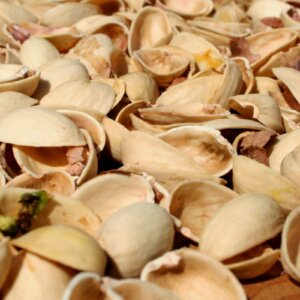




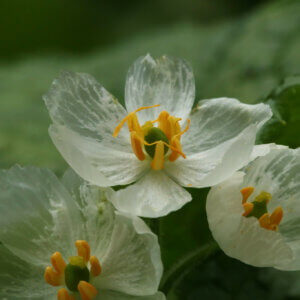
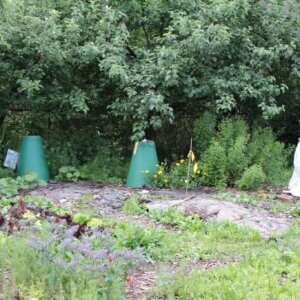





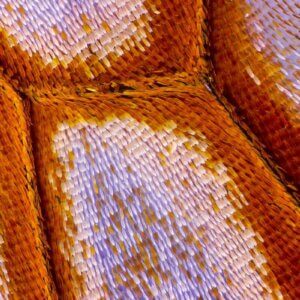

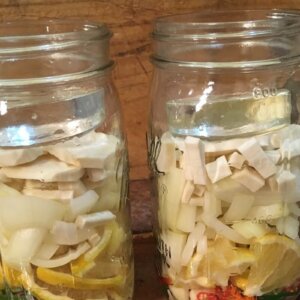

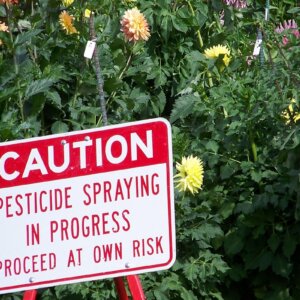
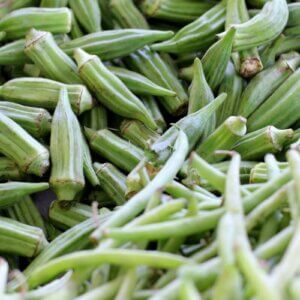




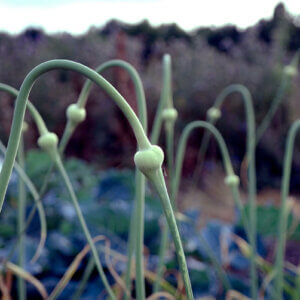
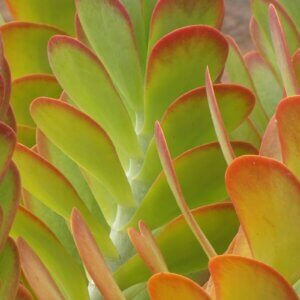
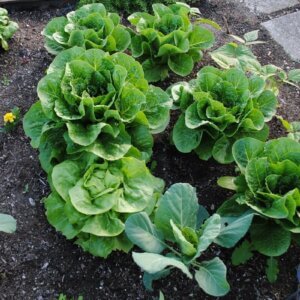







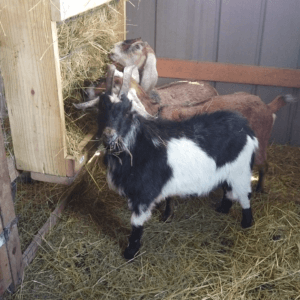



Leave a Reply